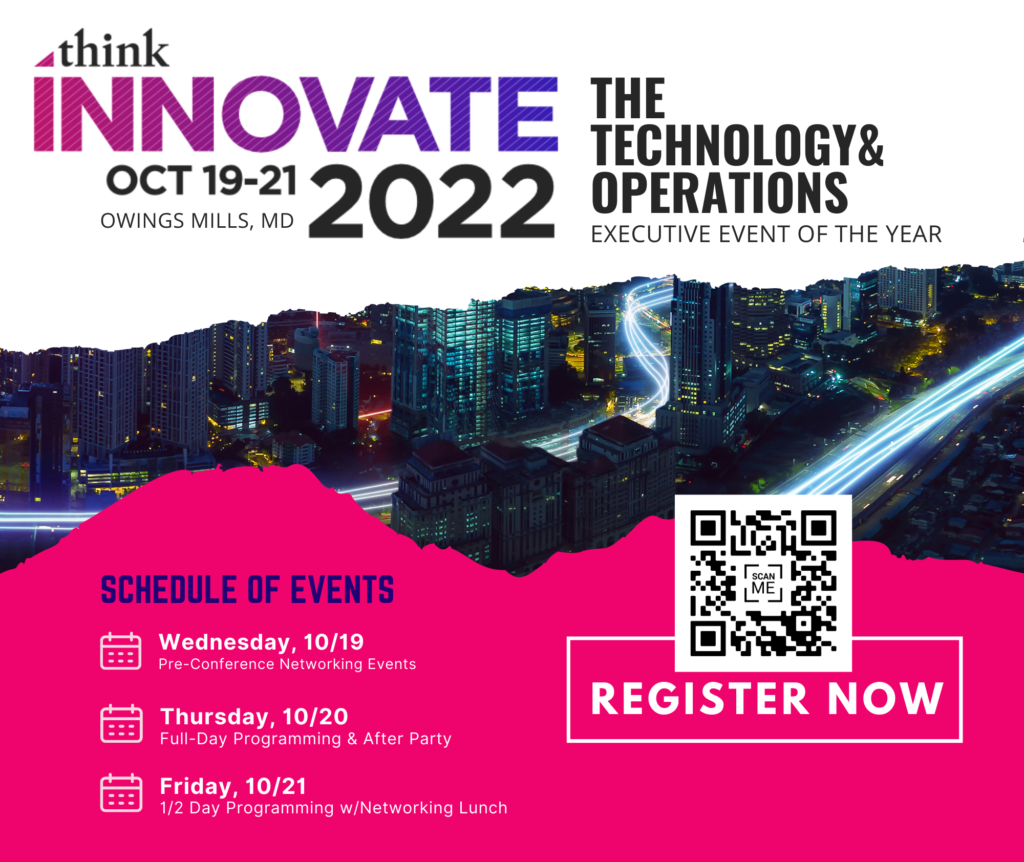The Canton Group’s Genius? Stretching Taxpayer Dollars with AI and Machine Learning.

Ethan Kazi, founder & CEO of The Canton Group, a digital transformation and modernization company, is helping stretch taxpayer dollars by modernizing state and federal government agencies. The Canton Group uses creative ways to leverage automation, artificial intelligence (AI) and machine learning (ML) to help struggling and recovering agencies and companies.
Kazi was performing genetics research at Johns Hopkins and relied heavily on online tools and information to do the research. One of those tools, a little web-based search engine named Google, helped Kazi see the potential of, and need for, organizations to use the internet. He shifted careers and founded The Canton Group in 1998, the early days of the internet and world wide web. Working out of his living room, he began to help organizations effectively use the internet and digital technologies.
Much has changed since those early days of the company, but some things are constant.
“We have been helping state and local governments modernize their technology and operational processes for over 20 years,” Kazi says. “In many ways, we are still using the same processes and methods to help our public sector clients modernize and transform. Thanks to advances in artificial intelligence and machine learning, we have more tools in our toolbox so it expands and changes how we can solve problems.”
The Canton Group recently designed and built a digital robot enabling a State of Maryland agency client to perform data analysis that was previously performed by several government employees. This virtual robot operates 24 hours a day, 365 days a year and saves the agency thousands of labor hours annually. This time saving has allowed the agency to focus resources on more meaningful and impactful work.
Similar automation opportunities using AI and ML exist in all facets of the public sector, Kazi says. And he is quick to highlight some of the many benefits The Canton Group has helped deliver, including:
- Staffing: Eliminating repetitive, mind-numbing tasks to enable staff to work on more impactful and rewarding tasks. Automation also helps many agencies contending with staff shortages in a tight labor market.
- Business processes: Streamlining processes through automation reduces errors, saves time and money, and improves delivery of services.
- Agility: Automating business processes and shepherding in a culture of innovation helps ensure agencies are prepared for and embrace change.
- Security: Updating legacy systems with more flexible, modern systems can help agencies protect sensitive data and reduce the number of staff handling that data.
Once agencies see the tangible benefits of this technology, it builds momentum for additional innovation. However, many government agencies face significant challenges like a lack of funding, the prevalence of legacy technology and procurement methods that can slow adoption of new technology and automation.
The biggest inherent difference between public and private sectors is the ability for the private sector to respond and act more quickly, Kazi observes. He also notes that like the private sector, the public sector’s adoption of more advanced technology varies greatly, and federal agencies are generally ahead of state agencies.
“It really comes down to the mindset of those in charge and the resources they are willing to commit to leveraging technology as a strategic asset,” Kazi says. “However, once they see the tangible benefits, it usually starts to snowball.”
To benefit from these types of tools and technologies, organizations need to be aware of the capabilities and limitations of this technology. In addition, the organization needs to be willing to get started.
“You can, and often should, start small,” Kazi advises. “But you need to start.”
He recommends identifying low hanging fruit or simple, repetitive functions that can be automated relatively easily. He also encourages state agencies to be willing to fail.
“Small failures can lead to great outcomes, but you must be willing to live with the failures as part of the process,” he says. “The term agile is very overused and misused, but it really is a critical mindset.”
He stresses that part of innovating is the process of incrementally iterating towards a goal or outcome. This allows for learning and improvement throughout the innovation process.
The COVID-19 pandemic helped highlight the importance of technology, efficient processes, and operational deficiencies for many organizations. Automation, AI and ML allow organizations to improve efficiency, drive down operating costs, enhance security and improve/enhance customer experiences.
“Business that aren’t using these technologies strategically are missing out on huge opportunities and putting themselves at a competitive disadvantage,” Kazi says.
He predicts rapid growth in automation in the next five to 10 years, noting that this is not new technology. This tried-and-true technology is well established in some industries, like finance and banking. At the same time, other industries and public sector have been slower to adopt, providing huge opportunities for growth today and in the future.
“The biggest lift for any organization, public or private, is often just getting the ball rolling,” he says. “Identifying and addressing the obstacles preventing innovation can help get things moving.”
